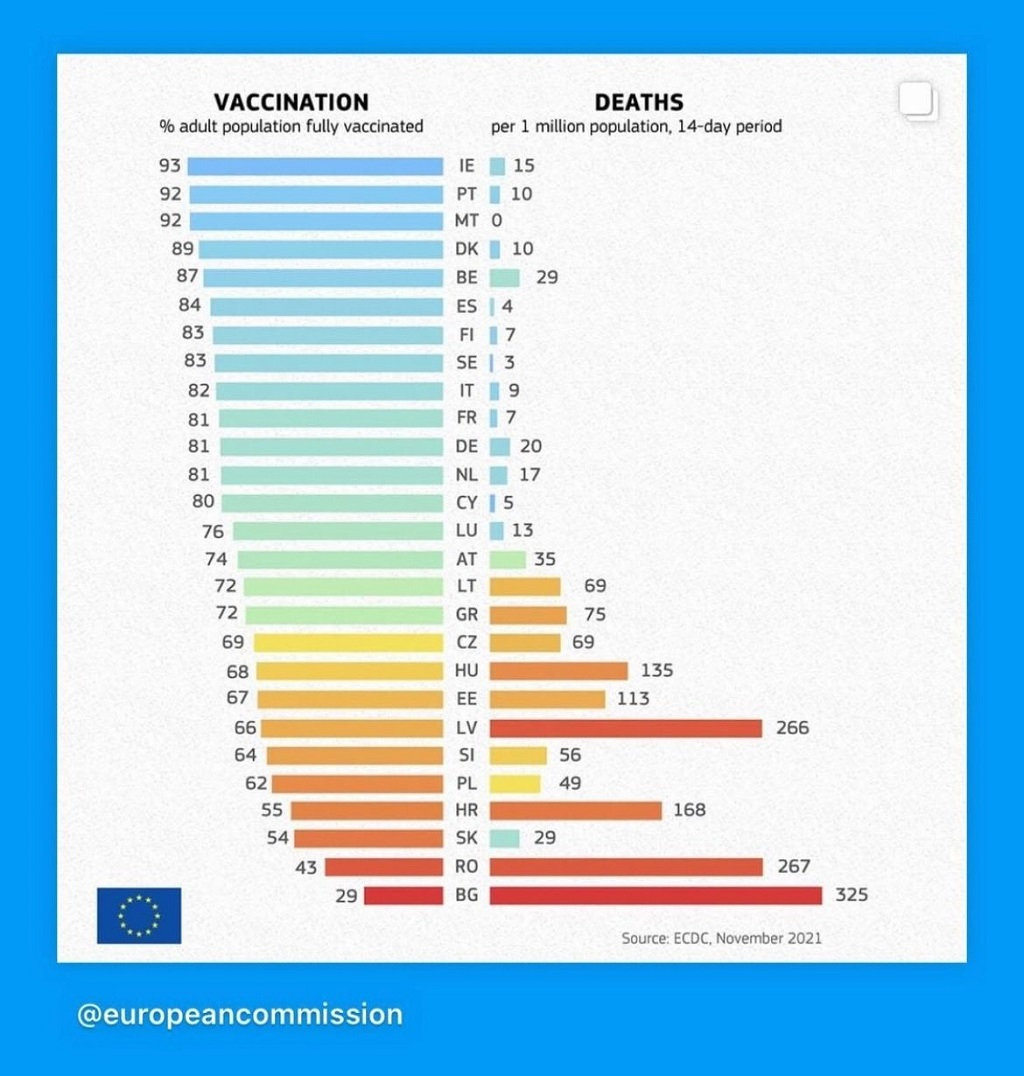When Spanish Prime Minister Pedro Sánchez floated a new approach to managing the COVID-19 pandemic, he was met with raised eyebrows. In early January, Sánchez suggested European leaders accept that omicron is less lethal than earlier variants of SARS-CoV-2 and that it should be treated as an endemic virus, such as influenza.
This, he said, would allow citizens to return to the workplace, to attend social and sporting events, and to change how cases of COVID-19 are reported. Instead of widespread testing and tracing, the disease would be monitored using established disease surveillance systems.
Some felt it was too soon to open that conversation. The WHO said the pandemic was ‘nowhere near over’, even if Europe begins to enter a new phase. After all, Spain itself is still recording tens of thousands of daily cases of COVID-19. Most European countries have also reported record levels of infection in January.

However, since Spain got the ball rolling, several countries have come to the same conclusion: high levels of vaccination are helping to reduce the impact of COVID-19 on individuals and the health system.
While there is clearly no uniform approach, and no shared formula for what to do next, higher vaccination rates give decision-makers more options.
Denmark has reopened cinemas and museums, despite high case numbers. England removed the requirement to wear masks, the Netherlands reopened hairdressers, shops and gyms, Portugal allowed a return to universities and nightclubs, and Ireland scrapped almost all restrictions.

These countries have among the highest levels of vaccination in the world, with around 85% of adults having had two doses of COVID-19 vaccine. Uptake of third doses has also been strong in these countries, with vaccination rates improving in children and adolescents. This is helping to avoid severe disruption to health systems, despite record-breaking cases.
However, the picture in Europe remains mixed. Vaccine uptake in Bulgaria is stuck at 34% while only half of Romania’s population is vaccinated. Uptake in Poland is also relatively low, hovering around 66%. Some countries with good vaccination rates, including Italy and Greece, have also seen an uptick in mortality in recent weeks, making the picture a little unclear.
There are also lessons to be learned from the US where vaccine uptake is much lower than western Europe. The US is experiencing higher levels of hospitalisation from omicron than have been seen in European countries with strong vaccination rates.

The role of vaccines in avoiding hospitalisation and allowing decision-makers to re-open society has been highlighted by Stella Kyriakides, EU Commissioner for Health and Food Safety who said the virus still poses a serious threat, ‘especially to the most vulnerable in our societies and the unvaccinated’.
‘[EU] Member States with the lowest vaccination rates will face the highest pressure…The more we vaccinate and boost, the more we can minimise disruptions for society and ensure that key sectors can continue functioning over the coming weeks and months,’ she said.
Urging caution about making long-term predictions on the future path of the pandemic, Commissioner Kyriakides highlighted the need to develop vaccines adapted to the latest variant of SARS-CoV-2.

Dr Andrea Ammon, ECDC Director, suggested it was time to ‘transition into what may be a post-acute phase of the pandemic’, but urged individuals who are currently unvaccinated or partially vaccinated to come forward for vaccination.
‘There is growing recognition that the extensive preventive measures mandated across the EU/EEA have also resulted in heavy societal and economic costs. Therefore, we proposed options to adapt these measures,’ she said. ‘Despite the very high intensity of virus circulation in the community, countries with very high vaccination coverage are experiencing comparatively less impact in terms of intensive care need and mortality than in earlier waves. This highlights the impact that COVID-19 vaccines are having on preventing severe COVID-19 cases and deaths.”
Modelling by ECDC estimates that the current uptake of a booster dose achieved by early January may reduce future Omicron hospital admissions by 500,000 – 800,000 across Europe. Extending the booster programme to all previously vaccinated individuals could reduce admissions by another 300,000 – 500,000.
Higher vaccination rates offer more options
As Europeans dare to look beyond the worst of the pandemic, it seems populations with stronger vaccination rates are best placed to move forward with fewer restrictions. Decision-makers face the unenviable task of determining how quickly to reopen society.
However, it is clear that protection against disease is a positive factor in the equation. For millions of people in Europe, vaccines are the ticket to freedom this spring.



